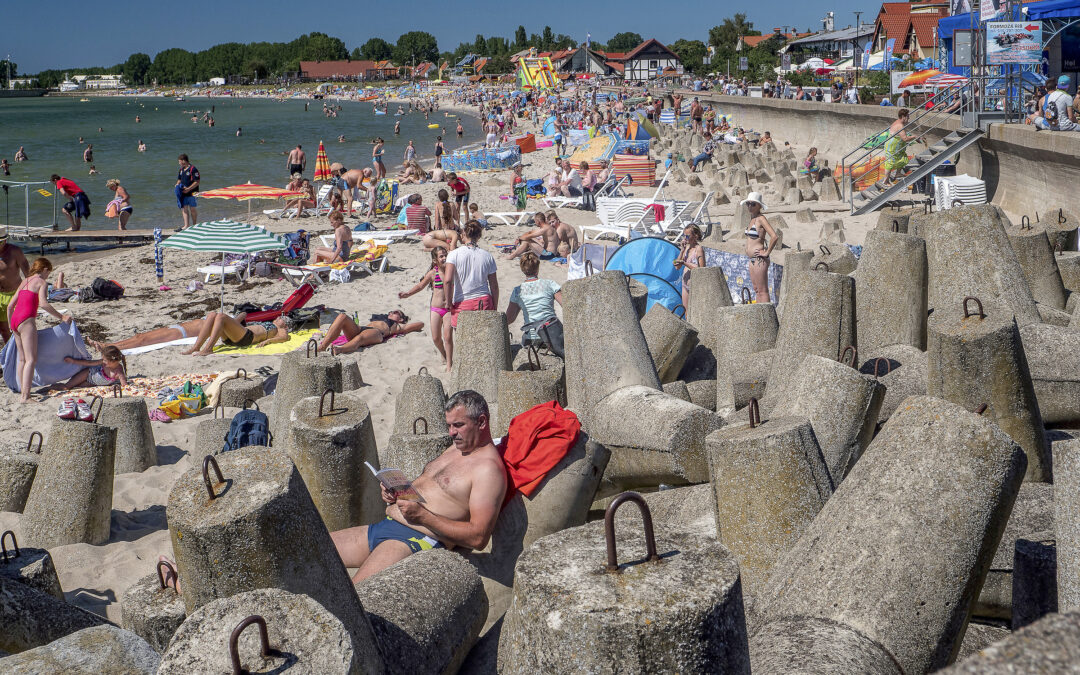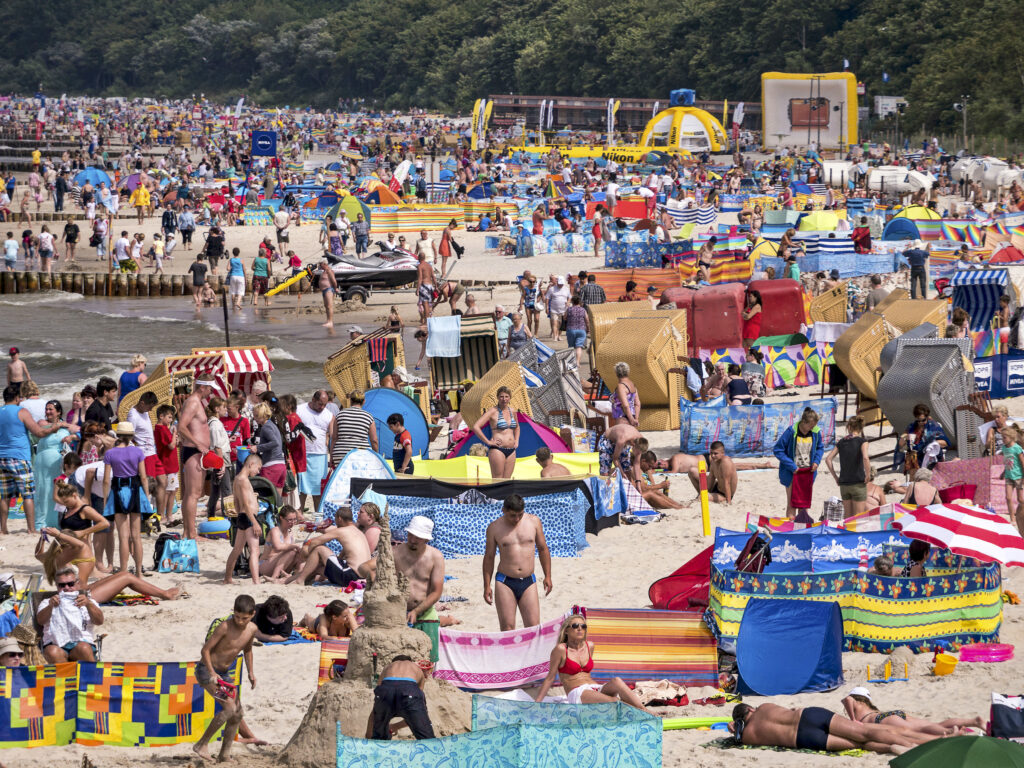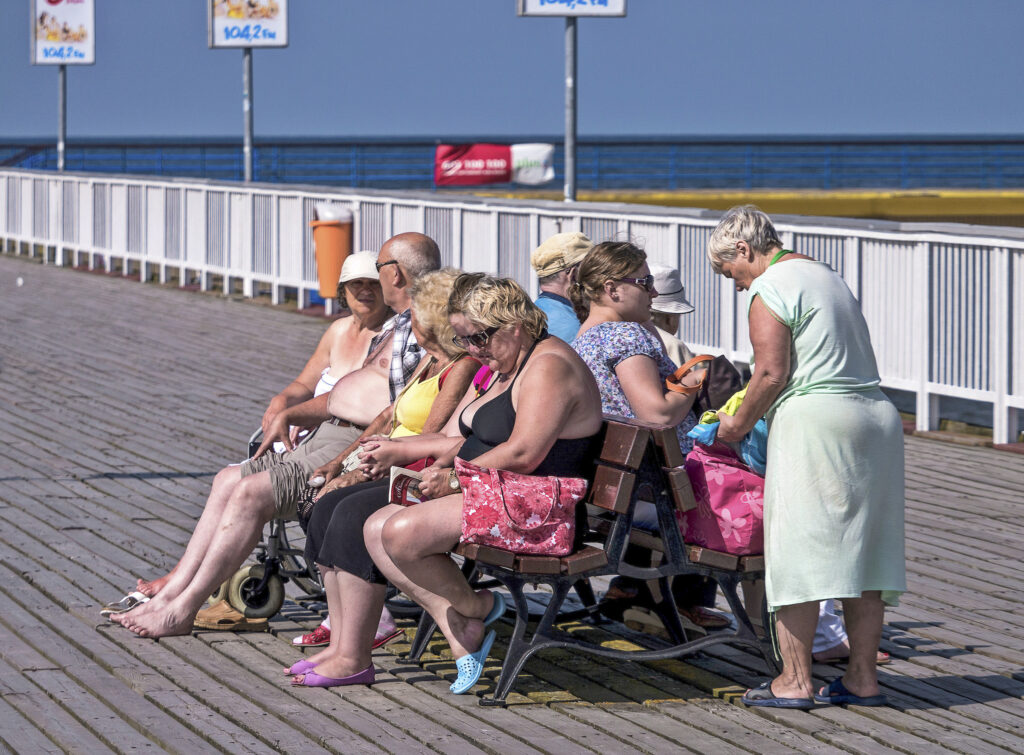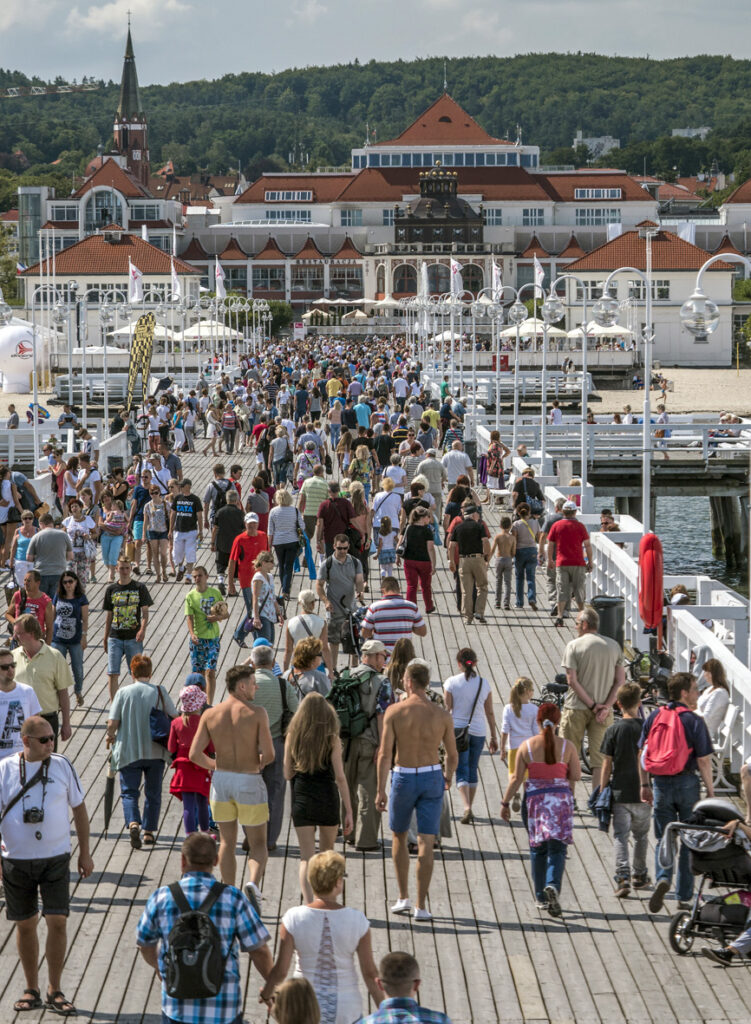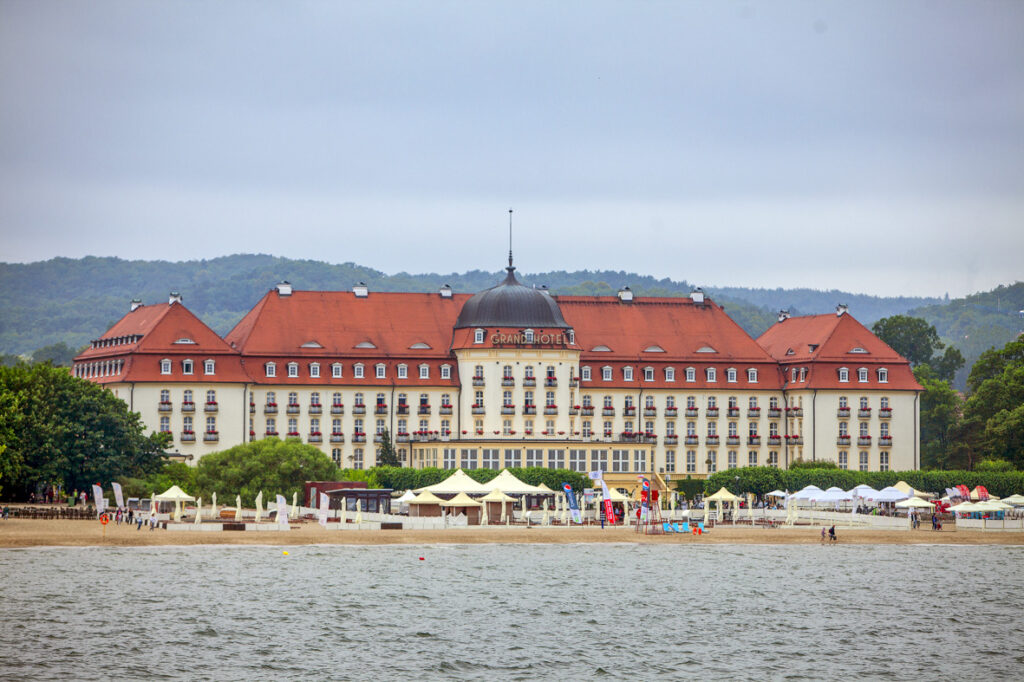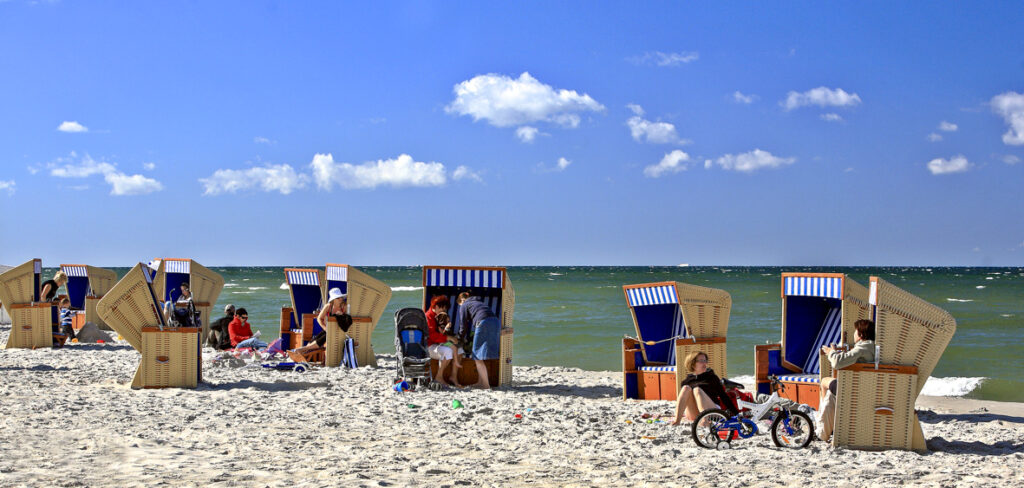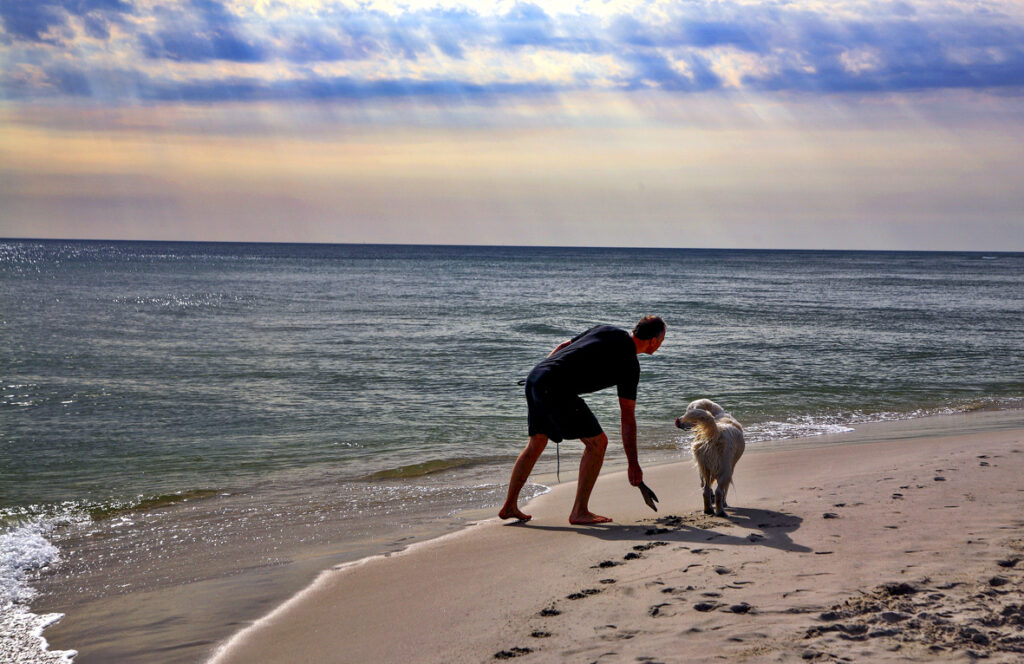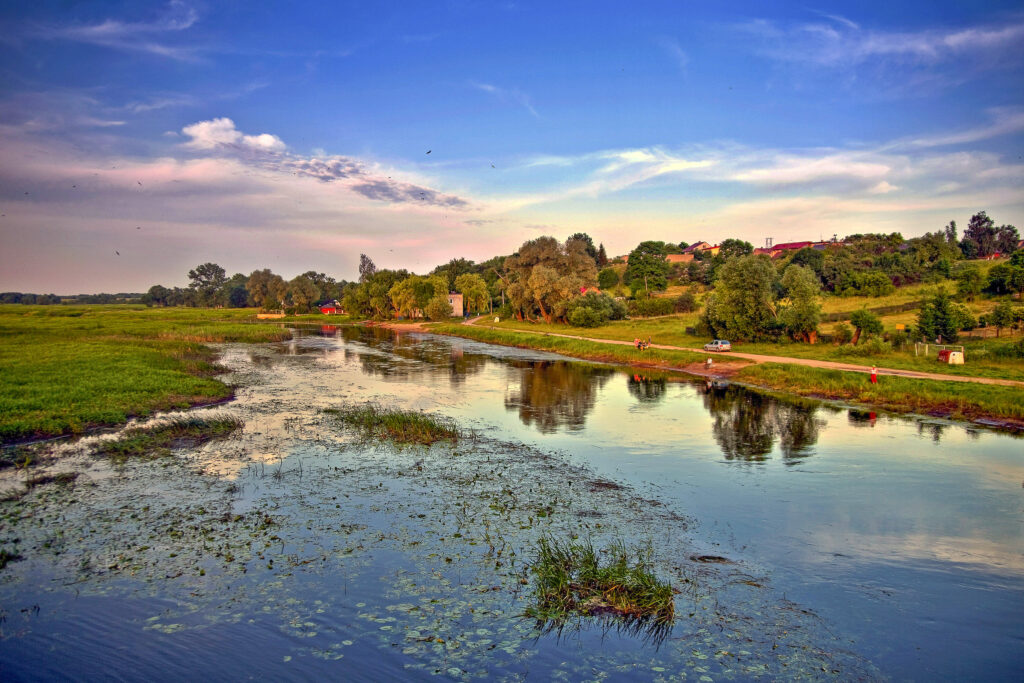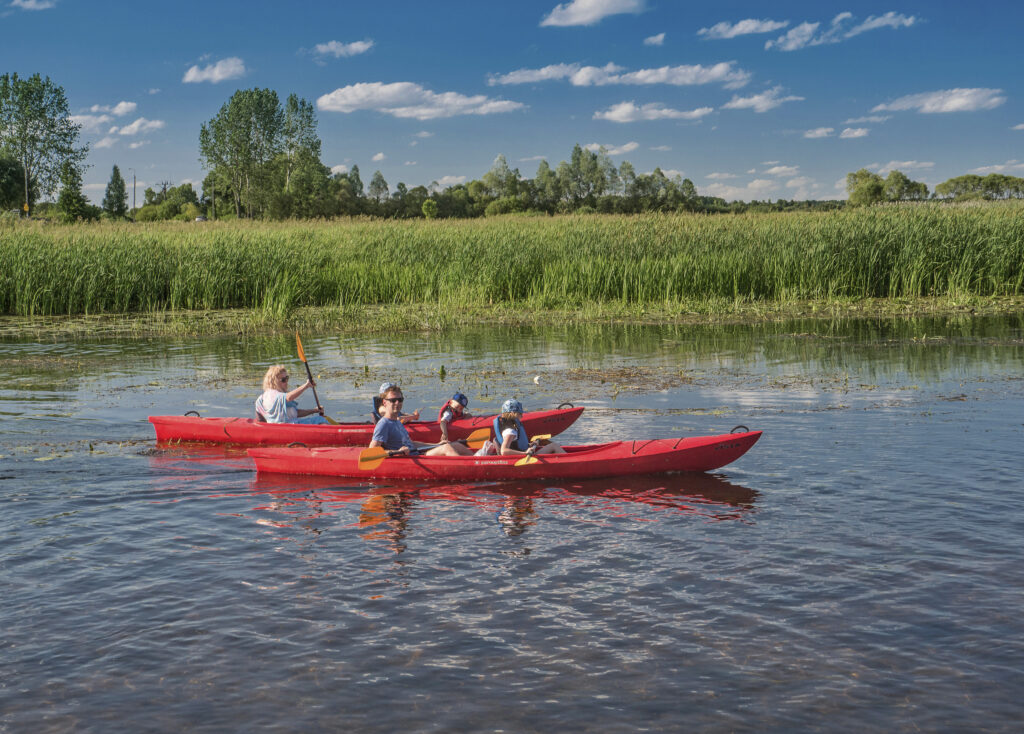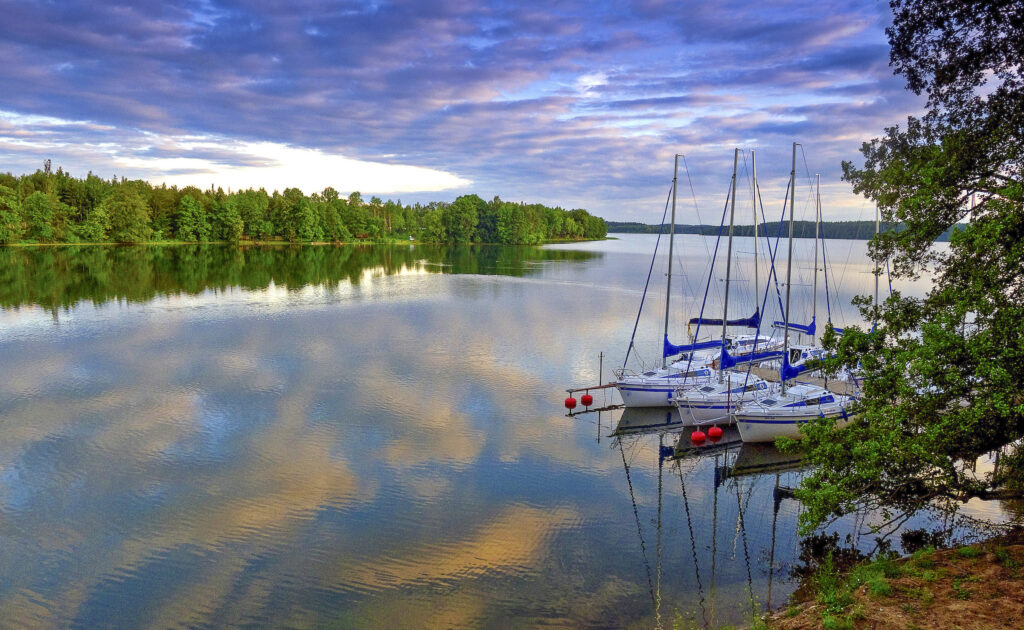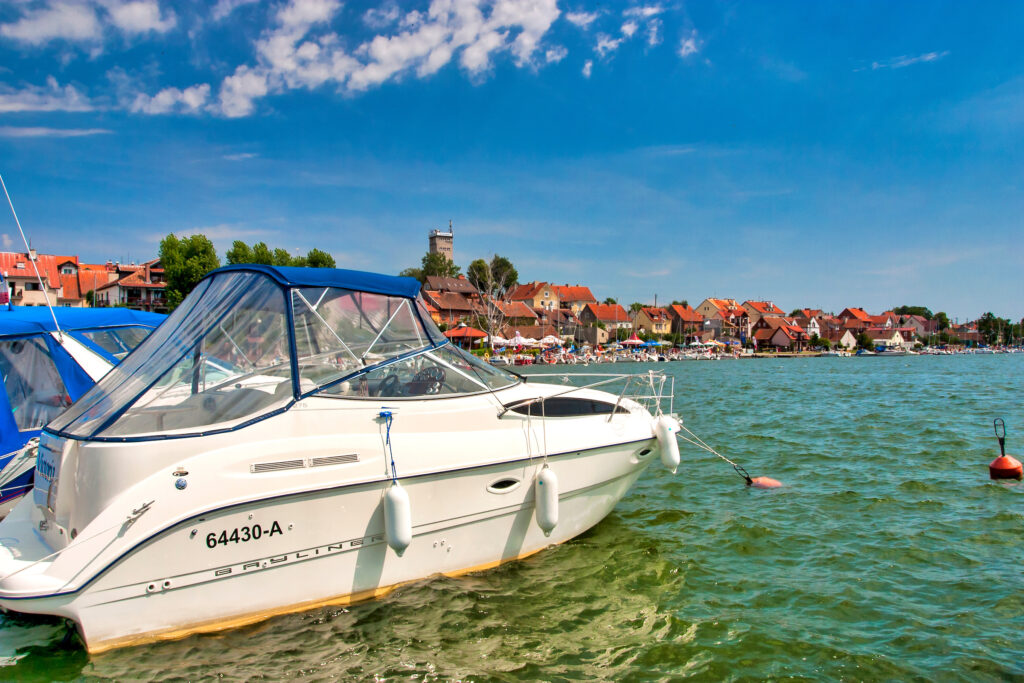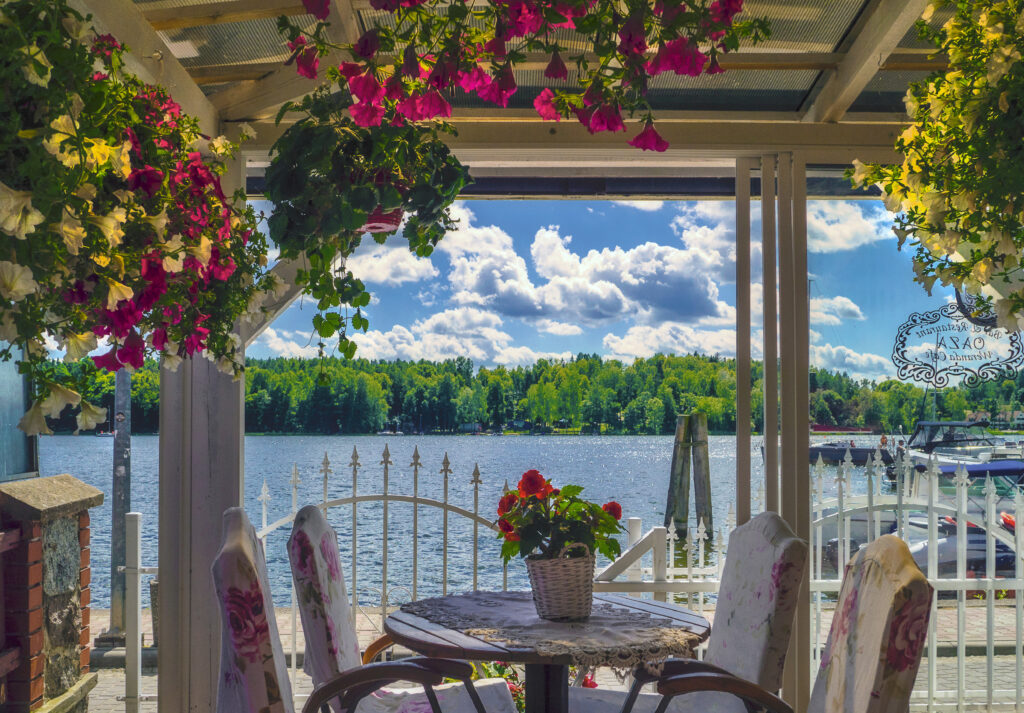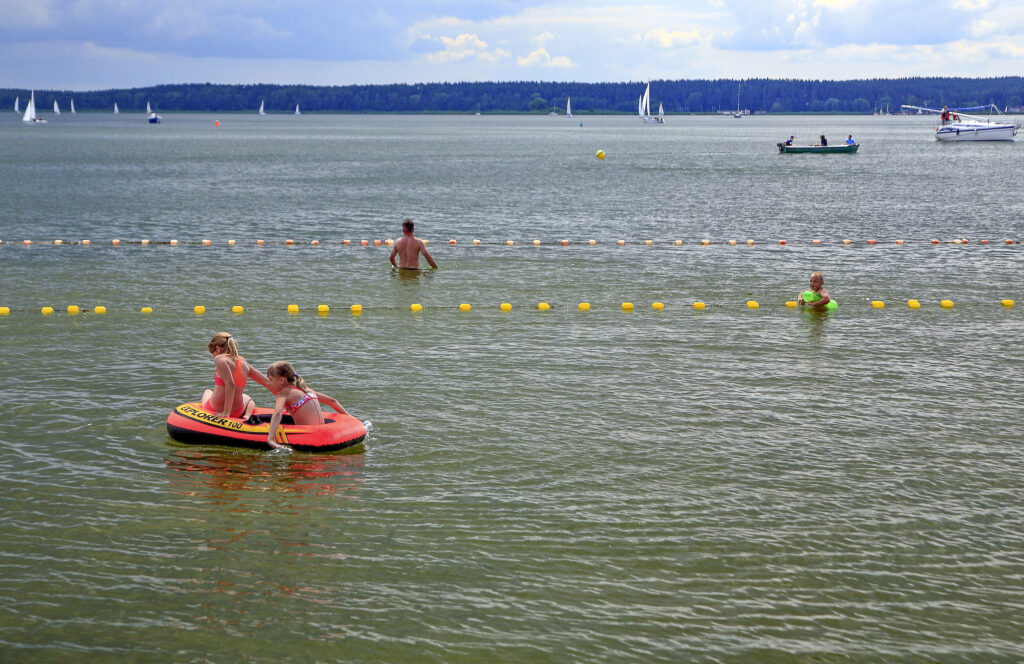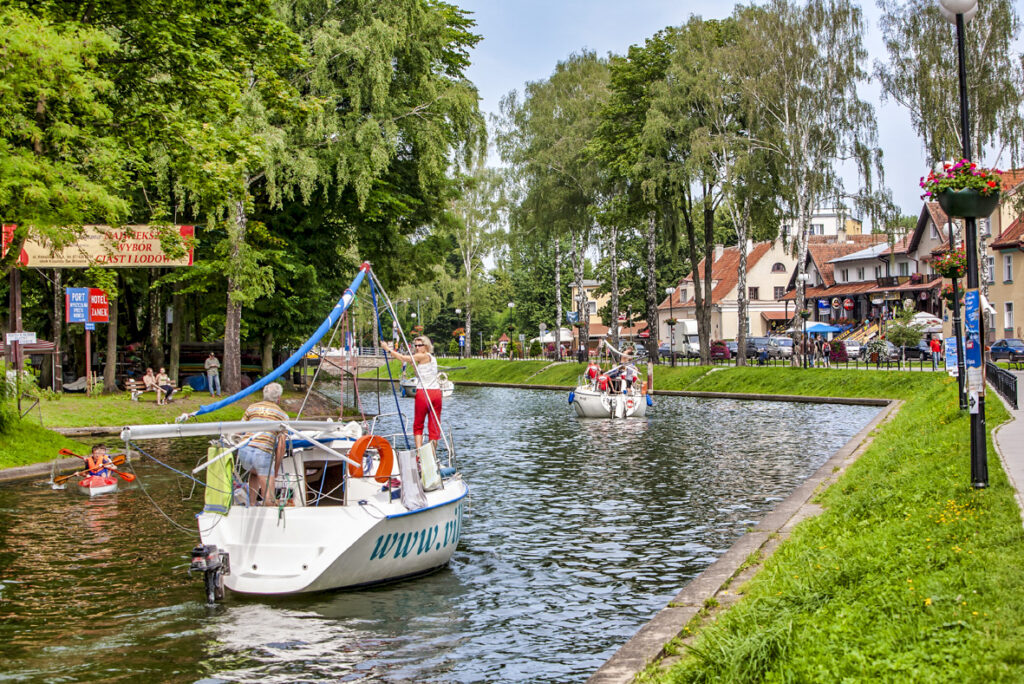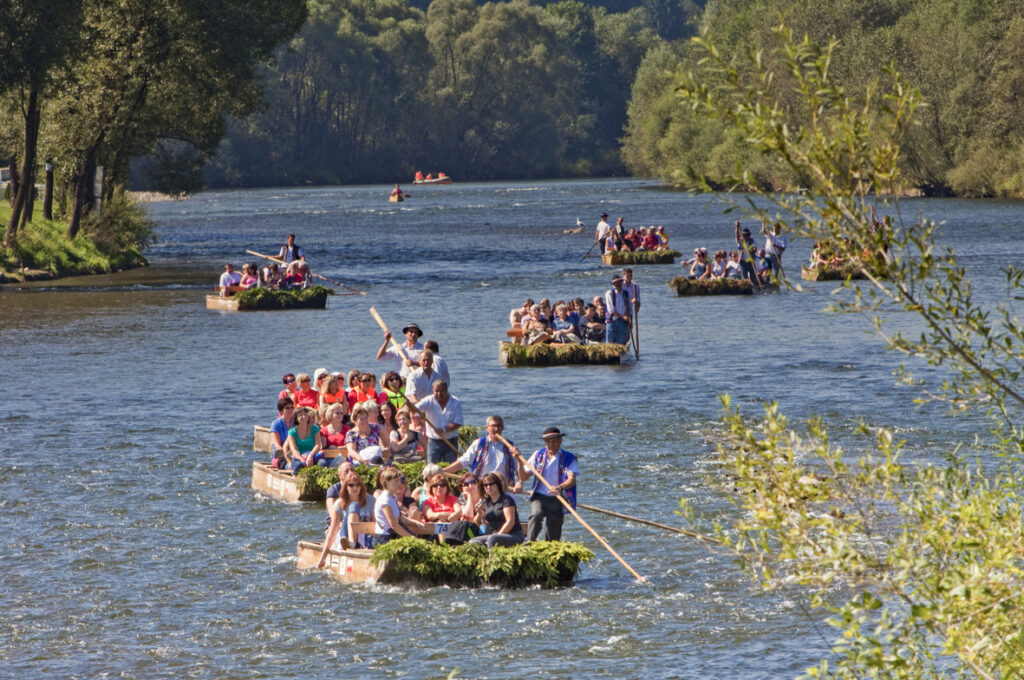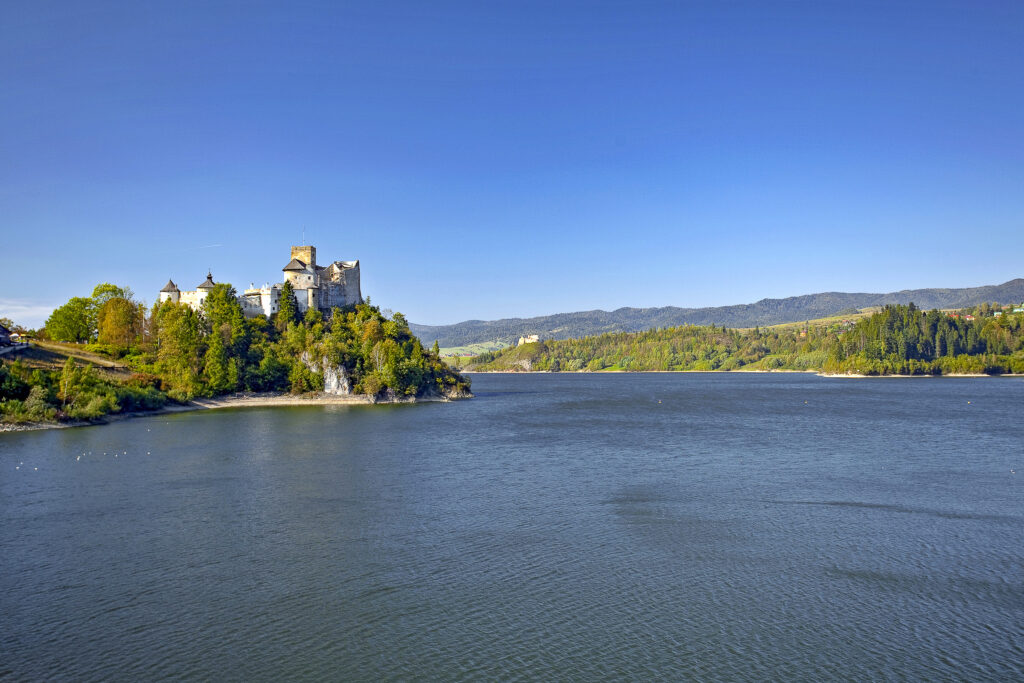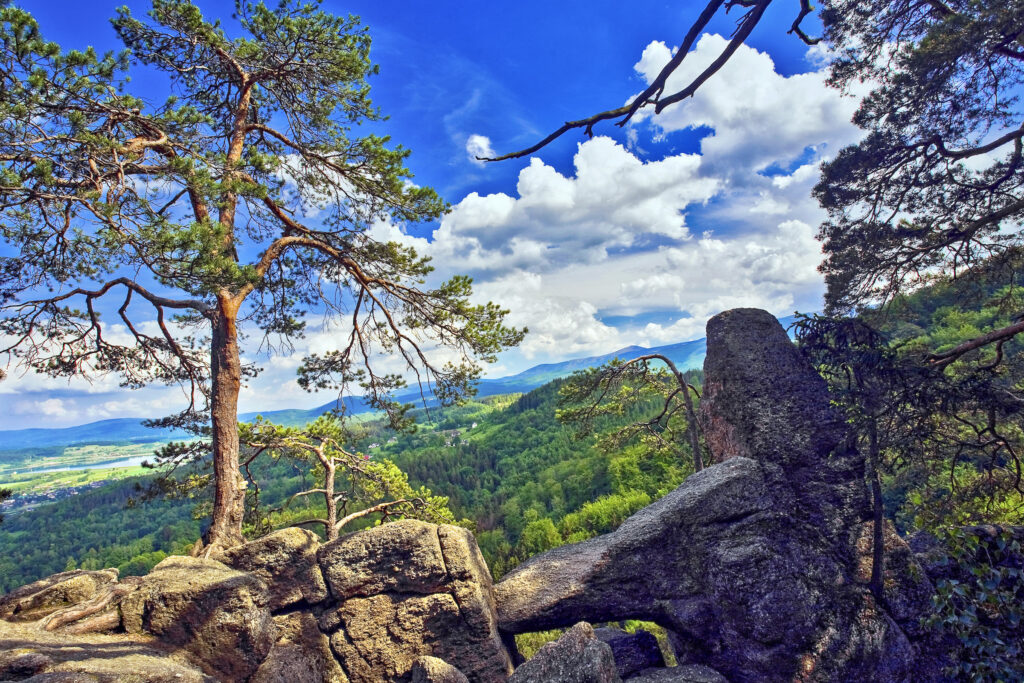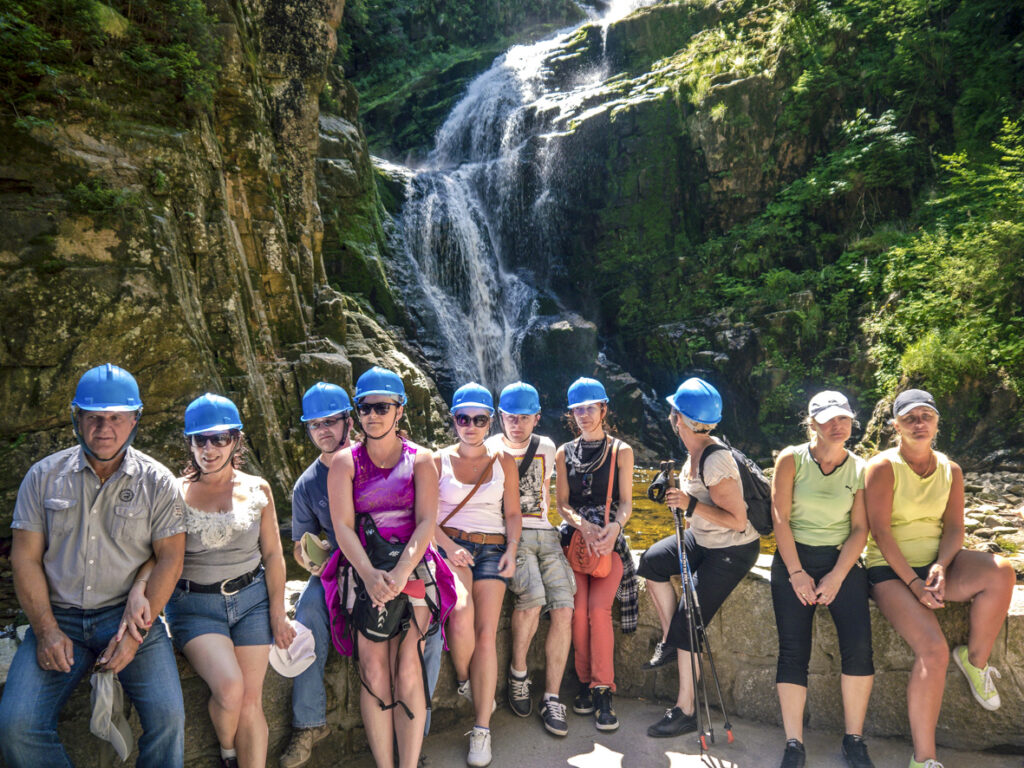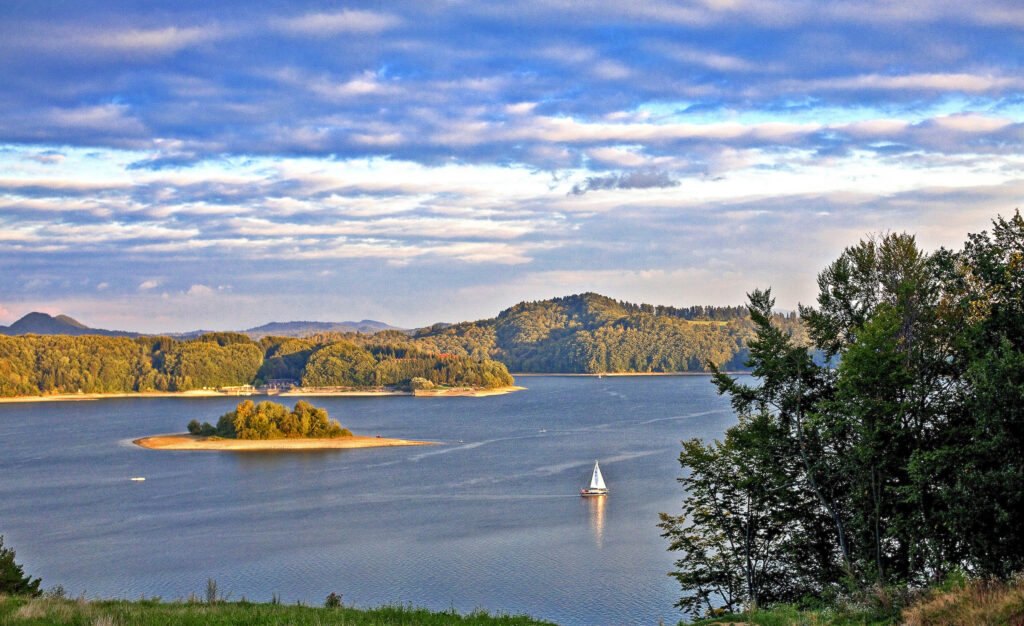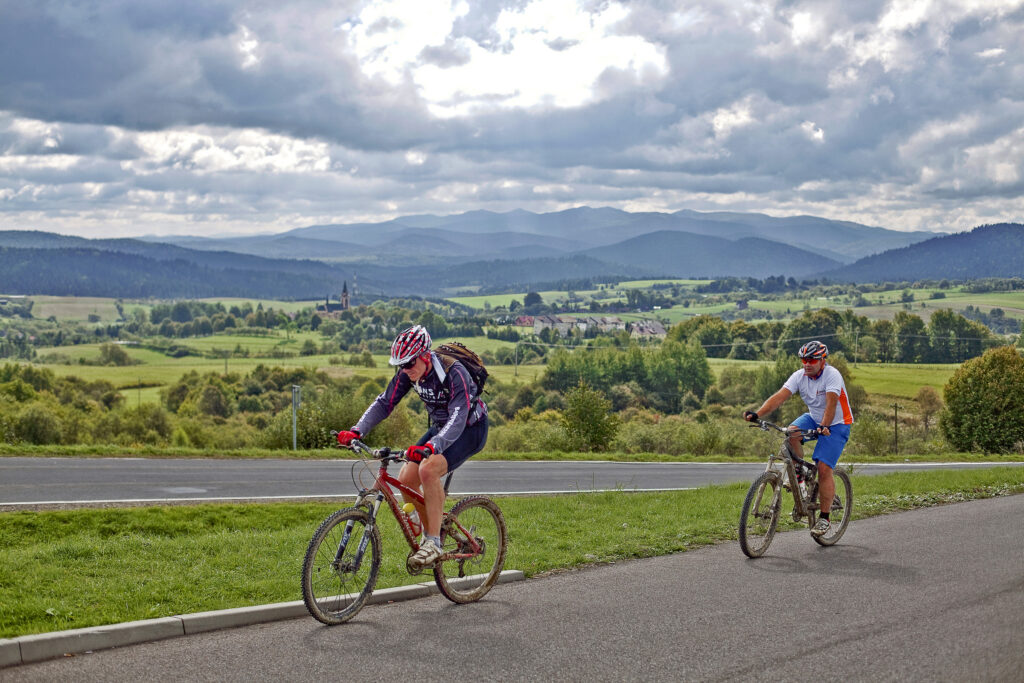Amid the continuing coronavirus pandemic, many Polish holidaymakers are taking a “stay-cation” this summer.
According to Google analysts, 84% of tourism-related searches made in Poland in May this year were for places in the country itself, compared to 60% at the same time in 2019. The Polish Tourist Organisation gives similar figures. Some 87% of Poles intending to go on holiday this summer say they will do so without crossing any borders.
The most popular destination is the mountains in the south of the country, with 34% planning an active getaway. Just over a quarter of Polish holidaymakers (27%) intend to head north to the beaches of the Baltic Sea, while 16% will be taking their break near one of the thousands of lakes dotted around the country.
As this suggests, Poland offers a wealth of destinations to keep domestic holidaymakers happy. Below, we take a tour through some of the best tourist spots – both popular resort towns and regions, as well as gems off the beaten track – through the lens of photographer Jerzy Ochoński.
We have chosen ten destinations – starting in the north and travelling south – that showcase much of the best the country has to offer. You can see more of Jerzy Ochoński’s photos from around Poland on his website.
Kołobrzeg
Poland has 775 kilometres of coastline, and no shortage of wide sandy beaches. The historic spa town of Kołobrzeg, which literally means “by the shore”, has become one of the country’s most popular seaside resorts.
The town itself has a fascinating history spanning more than a thousand years. In the Second World War, it became the fortress of Kolberg. By 1945, its German residents had fled or been expelled, with the population falling to just 3,000 and 80% of the town lay in ruins.
Today, tourists tired of the crowds on the beach can visit the Old Town, stroll along the pier, or climb the 17th-century lighthouse.
Sopot
Eastwards along the Baltic coast lies Sopot, another attractive town that becomes crowded with tourists in summer. Today part of the Tri-City area along with Gdynia and Gdańsk, for hundreds of years it was an abandoned village.
Not until the 19th century did the fashionable spa resort of Zoppot, as it was then known, begin to take its current shape, attracting wealthy visitors from Danzig (now Gdańsk) and further afield.
Sopot’s 650-metre-long wooden pier is the longest of its type in Europe. The luxurious and stately Grand Hotel, built after the First World War as a casino that was one of the main sources of income of the Free City of Danzig, dominates the shore line next to the pier.
Hel
Despite offering many opportunities for wordplay for tourists revelling in “going to Hel and back” (you can even take bus number 666 to get there, prompting protests from concerned Christian organisations a couple of years back), the name of the village and the Hel peninsula that lead to it in fact probably comes from an Old Polish word meaning an empty, exposed place.
The 35-kilometre narrow sand bar divides the Bay of Puck from the Baltic Sea, and boasts a number of beautiful sandy beaches. Among Hel’s attractions are a lighthouse, a seal sanctuary, and traditional Kashubian cottages, while the peninsula is also home to one of the president’s official residences.
Biebrza
In north-eastern Poland lies another world, an unspoilt wetland paradise home to numerous species of rare and endangered birds as well as beavers and elk.
Biebrza is Poland’s largest national park, centred around the meandering River Biebrza. Its marshes, accessed by raft or canoe, cover more than 250 km2. The area also demonstrates the delicate balancing act between human activity and preservation of natural riches: this year, a catastrophic fire, the park’s worst in decades, broke out as a result of farmers burning grass.
Kashubia
The area sprawling from the coast west of Gdańsk downwards is home to the distinct Kashubian language and its speakers, of which some 50,000 still use the dialect at home.
It is also a picture-postcard land of hundreds of crystal-clear postglacial lakes, unspoilt forests, and moraine hills that led to part of the region being nicknamed “the Kashubian Switzerland”. The mesoregion and adjoining areas such as the Tuchola Forest also feature picturesque winding rivers that are popular for trips by kayak.
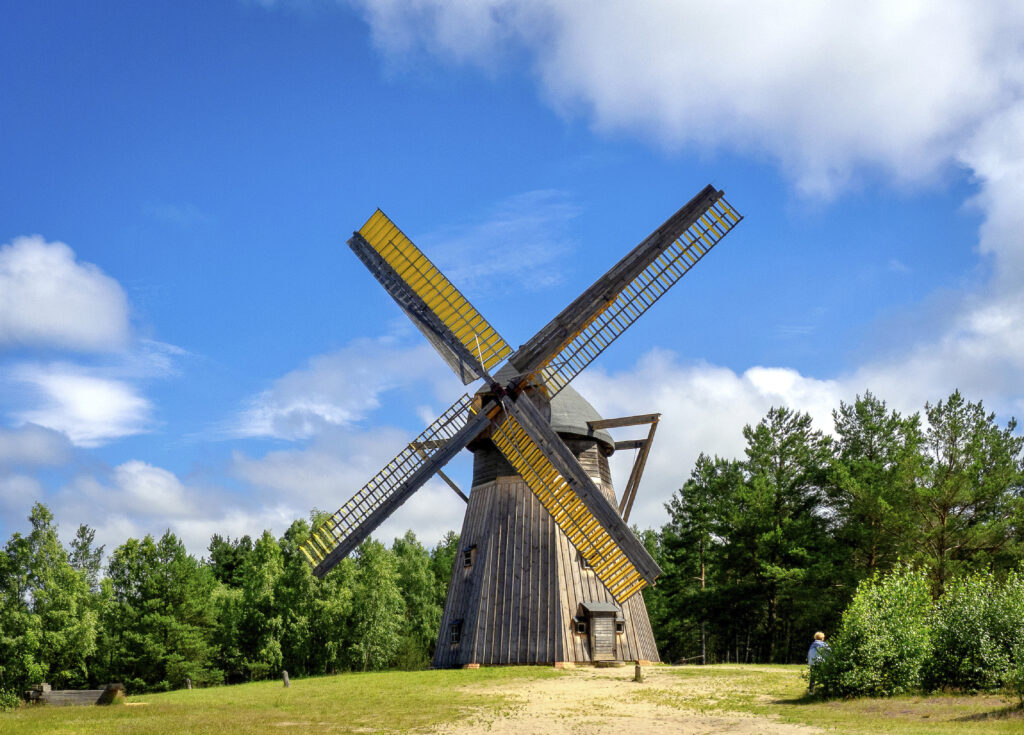
A windmill in Wzdydze at the oldest open-air ethnographic museum in Poland © Jerzy Ochoński/photospoland.com
Mikołajki
The largest and most popular lake district in Poland is Masuria, a water paradise popular among yachters and anglers along with kayakers making their way across the thousands of lakes and along the intersecting canals, as well as a heavily forested region criss-crossed with cycle paths.
Mikołajki, named after St Nicholas, is idyllically placed on a channel between two lakes. Pleasure boats take passengers for a relaxing cruise along a succession of narrow lakes southwards to Ruciane-Nida, taking in nearby Lake Śniardwy, at 113.8 km2 Poland’s largest, on the way.
Giżycko
North-east of Mikołajki, on a narrow pass between Lake Mamry and Lake Niegocin, lies Giżycko, the largest town on the Masurian trail. Although the town faces stern competition for the title of “Poland’s summer capital” that it claims, it is certainly the biggest hub of water-based tourism, with visitors passing through its hand-operated swing bridge on a variety of vessels.
On dry land, they can also visit a water tower, the 19th-century Prussian Boyen Fortress and the 14th-century Teutonic castle. A settlement in the area was in fact recorded much earlier, in Roman times, in the vicinity of the Amber Road.
Pieniny and the Dunajec
Think Polish mountains, and Zakopane and the Tatras often spring to mind. But the south of Poland is in fact ringed by a number of smaller and lower ranges which offer spectacular views, outstanding hikes and a number of surprises.
The Pieniny range straddles the Polish-Slovakian border. The highest peak of its central part is the Three Crowns, whose white faces loom over the stunning Dunajec River gorge. Traditionally dressed raftsmen from both the Polish and the Slovak side of the river punt passengers downstream, telling them local yarns and ribald jokes along the way.
Atop the scenic Lake Czorsztyn, formed by a dam at the end of the river, perches the 14th-century Niedzica Castle, home to many a legend.
Szklarska Poręba and the Sudetes
Szklarska Poręba, an increasingly popular spot for active summer and winter holidaymakers in the Kamienna valley in the Sudetes, close to the Czech border in southwestern Poland, is another place where the region’s history lies just below the surface.
Formerly known as Schreiberhau, it was once the largest village in Prussia. It was given its Polish name, which means “Glass Clearing” in honour of the town’s glass industry, which dates back at least to the 14th century.
The 27-metre Kamieńczyk waterfall, said to consist of the tears of seven mermaids weeping for their sister who fell into the canyon, was a location for one of the Chronicles of Narnia films.
Bieszczady
Straddling Poland’s south-eastern border with Slovakia and Ukraine lie the Bieszczady Mountains. While the etymology of the word is unclear, a popular link is made to biesy, for the demons said to have originated the mountains.
Until the forced resettlement known as Operation Vistula in 1947, 84% of the population of the Polish part were Boykos, and the region remains sparsely populated, as well as relatively remote and undeveloped, to this day.
It is popular among hikers seeking quieter trails and stunning landscapes, and also features gorgeous lakes. Amid the unscathed nature, keep an eye out for the fauna – the Bieszczady are home to grey wolves, wildcats, and Europe’s largest predator, the brown bear.
Main image: Hel beach, summer 2016 (© Jerzy Ochoński/photospoland.com)
All images copyright of Jerzy Ochoński. More of Jerzy Ochoński’s work can be found on his website, which offers a wide variety of images of different aspects of life in Poland, as well as photo services.
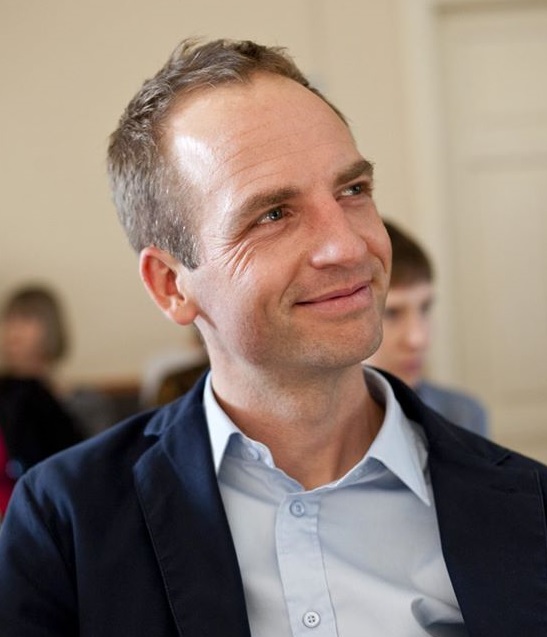
Ben Koschalka is a translator and senior editor at Notes from Poland. Originally from Britain, he has lived in Kraków since 2005.
